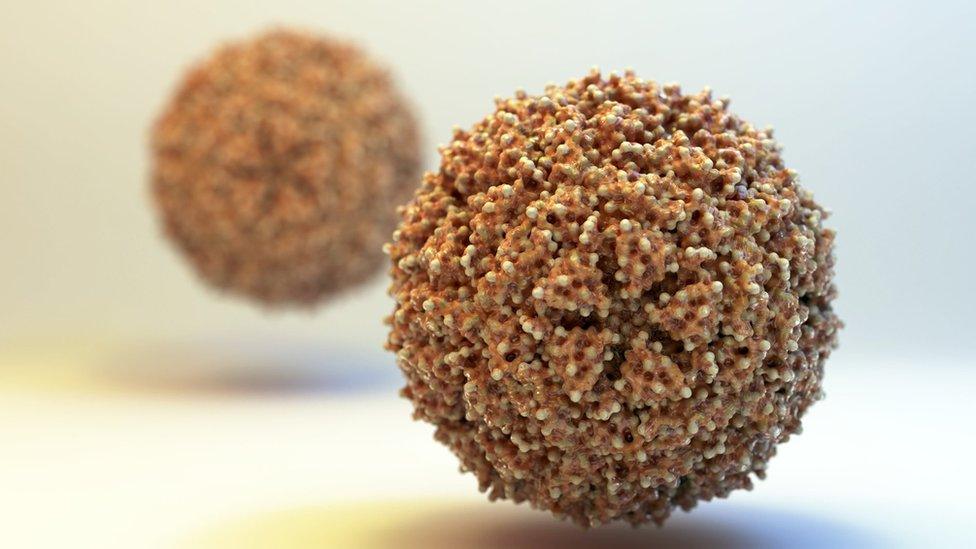Zika virus 'shrinks brains' in tests
- Published

Zika virus can enter the brains of mice in the womb to stunt development, the first animal tests show.
The trio of studies provide crucial experimental evidence that backs up fears the virus is behind the surge in babies born with small heads in Brazil.
They showed the virus could cross the placenta during pregnancy and kill cells to slow brain growth.
Experts said the findings add to the weight of evidence, but studies in animals with bigger brains were needed.
There have been around 1,300 confirmed cases of microcephaly - babies born with small brains - in Brazil, with thousands more under investigation.
The timing and location of Zika infections and microcephaly led to the World Health Organization declaring a global health emergency.
Microcephaly Why it is not the end of the world
What you need to know Key questions answered about the virus and its spread
Travel advice Countries affected and what you should do
The mosquito behind spread of virus What we know about the insect
Abortion dilemma Laws and practices in Catholic Latin America
Chinese scientists injected the Asian strain of Zika, which is closely related to the one circulating in south America, into the brains of mice foetuses 13 days after fertilisation.
The results, , found the developing brain was smaller five days later.
Neural progenitor cells, which build the brain and nervous system, were particularly vulnerable to infection but the study showed "almost all cells in the brain" tested positive for Zika.
Dr Zhiheng Xu, from the Chinese Academy of Sciences, said: "The most surprising part of this study is that it was mostly neural progenitor cells that got infected in the beginning and mostly neurons that became infected at a later stage.
"However, almost all cell death was found in neurons."
Meanwhile scientists at Washington University have performed the first animal experiments showing how the infection spreads from a pregnant adult to the developing foetus.
It showed Zika preferentially targeted the placenta with viral levels 1,000 times higher than in the blood.
Their study, , found the virus damaged the placenta and was able to leak over to the foetus.
And a study, , used the virus currently spreading in Brazil in animal tests. Again the research team showed mouse brain development was impaired.
Dr Alysson Muotri, one of the researchers in the third study from the University of California San Diego, said: "The media and some of the health agencies were ahead of themselves by concluding the Zika virus was causing microcephaly.
"Experimental and clinical proof that Brazilian circulating Zika virus causes microcephaly is only being presented now."
Dr Derek Gatherer, from Lancaster University, said the findings "add to the weight of evidence that Zika virus is the cause of the apparent spike in microcephaly".
"However, the differences between mouse and human development mean that larger experimental animals that are more similar to humans - such as monkeys - must also be tested. "
Follow James